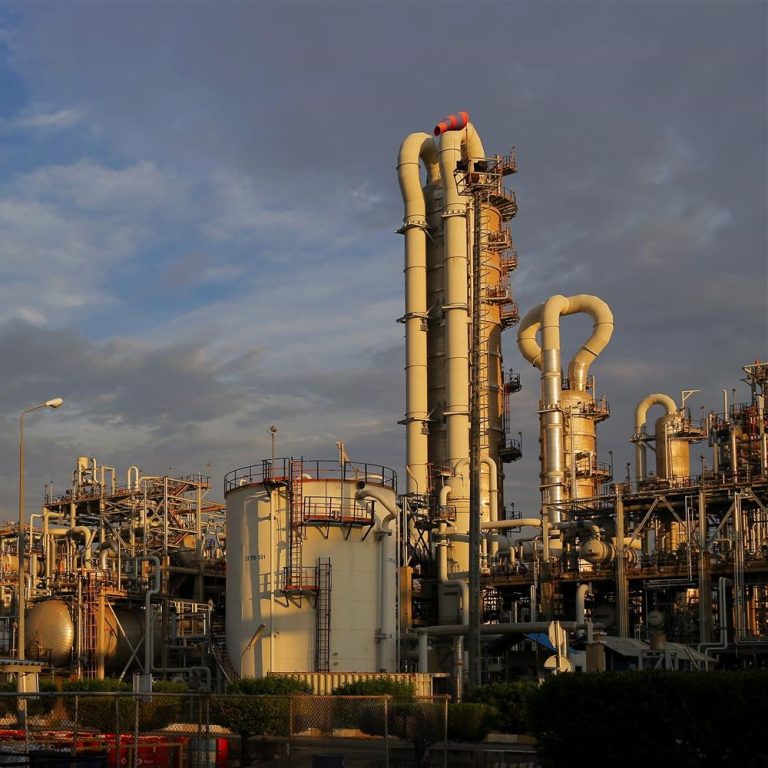Iran’s Petrochemical Industry: Driving Economic Growth and Global Competitiveness
Iran’s petrochemical industry has emerged as a cornerstone of the country’s economy, playing a pivotal role in driving economic growth, industrial development, and global competitiveness. With abundant natural resources, strategic investments, and technological advancements, Iran has positioned itself as a leading player in the petrochemical sector, contributing significantly to the country’s GDP and export revenues. The petrochemical industry in Iran encompasses a wide range of products, from basic chemicals to high-value-added polymers and plastics, serving diverse sectors such as agriculture, healthcare, construction, and automotive.
Historical Background:
Iran’s petrochemical industry has a rich history rooted in the country’s vast oil and gas reserves, dating back to the early 20th century when the first petrochemical plants were established. Over the decades, Iran has continued to expand its petrochemical infrastructure, diversify its product portfolio, and enhance operational efficiency to meet domestic demand and capture international market opportunities. Today, Iran boasts a robust petrochemical industry that ranks among the largest in the Middle East and globally.
Production Capacity and Technology:
Iran’s petrochemical industry has witnessed significant growth in production capacity and technological advancements, with the establishment of modern petrochemical complexes, refineries, and downstream facilities across the country. The government has prioritized investments in research and development, innovation, and sustainable practices to enhance the industry’s competitiveness and ensure long-term sustainability. Iran’s petrochemical production capacity continues to expand, driven by a skilled workforce, access to feedstock, and strategic partnerships with international companies.
Market Dynamics and Export:
Iran’s petrochemical industry plays a crucial role in the country’s export-oriented economy, with petrochemical products being exported to various countries around the world. The industry benefits from Iran’s strategic location, access to key markets, and competitive pricing, making it a preferred supplier in the global petrochemical market. The government has implemented policies to support petrochemical exports, attract foreign investment, and foster technology transfer to enhance the industry’s global competitiveness.
Challenges and Opportunities:
Despite its significant achievements, Iran’s petrochemical industry faces challenges such as fluctuating oil prices, regulatory constraints, and environmental concerns. Addressing these challenges requires continued investment in sustainable practices, technology upgrades, and capacity building to ensure operational efficiency and environmental stewardship. By overcoming these obstacles, Iran can capitalize on emerging opportunities in the petrochemical market, drive innovation, and strengthen its position as a global petrochemical hub.
Future Prospects:
As Iran continues to invest in its petrochemical industry, enhance its technological capabilities, and expand its product offerings, the sector holds promising prospects for growth and development. By leveraging its natural resources, skilled workforce, and strategic partnerships, Iran can further solidify its position as a leading petrochemical producer in the region and contribute to the country’s economic prosperity and industrial advancement.
Conclusion:
Iran’s petrochemical industry stands as a testament to the country’s industrial prowess, technological advancements, and economic potential. With a strong foundation, strategic investments, and a commitment to sustainability, Iran is well-positioned to navigate the challenges and opportunities in the global petrochemical market and emerge as a key player in the industry.

